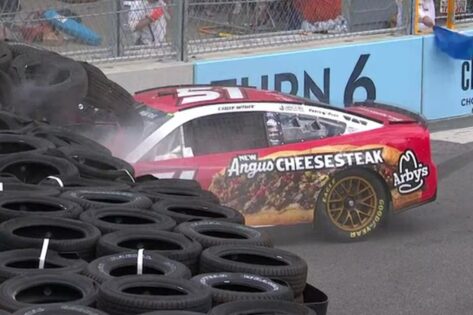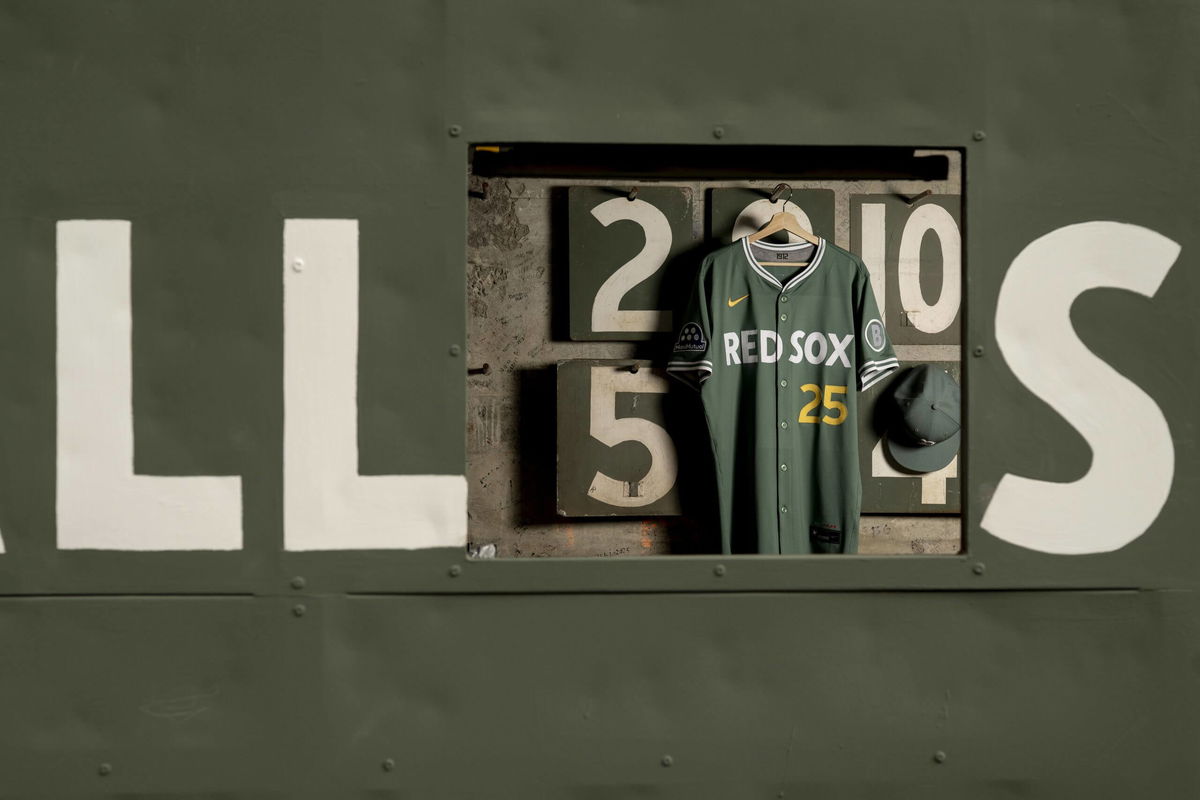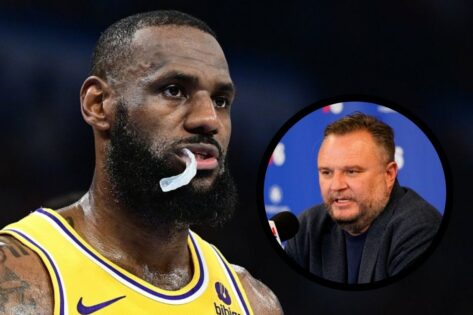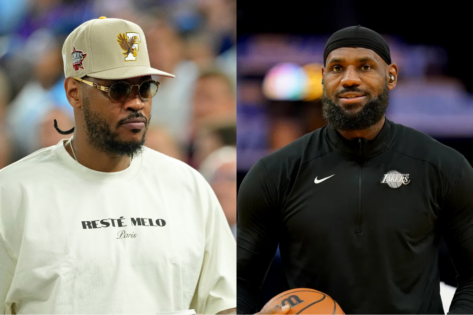“Need help,” was the feeble alarm call that sounded on the No. 51 Ford’s radio. Shane Van Gisbergen was in the lead with Ty Gibbs and Tyler Reddick in hot pursuit of him. Not that NASCAR deliberately wanted SVG to clinch his second win of the season. Yet the 35+ seconds for which Cody Ware’s car attained a deathly stillness seemed like an eternity.
NASCAR called the caution only after SVG grabbed the white flag, and thus avoided a potential rain delay. Yet can concerns about facing a thunderstorm trump worries about a driver’s safety? That is what sent ripples of alarm across the community, calling for a closer look into the dilemma.
NASCAR drivers’ safety is paramount
Since NASCAR’s inception 76 years ago, drivers have always played with fire. Ranging from 200 MPH collisions to pit road mistakes, Cup Series drivers have a fair share of dangerous accidents. But instances where there is an option for safety are where controversies erupt. The 2025 Grant Park 165 race is one example, as Cody Ware seemed poised for a terrifying wreck. His car’s brake rotor failed, and that sent Ware head-on into the tire barrier at Turn 6 with two laps left in the race. NASCAR apparently waited to see whether drivers could move when they collided into a tire barrier. Kyle Larson and Kyle Busch, in previous years, had appeared to be buried in tires and still able to move. So officials waved the caution flag only when Ware dropped his window net and signaled that he was okay.
But what about the eternity that passed in between? What if Cody Ware had not dropped his net and something more serious had happened? These are questions that cannot be ignored in the aftermath of the Chicago race. A fan’s video captured Ware’s car slamming into the barrier at 90+ MPH. NASCAR certainly had monitors in the location, but maybe the race director was not paying attention to Turn 6. An official in the area did send a radio alert after Ware’s call for help. What makes this situation even more frustrating is its recent precedent. When Parker Kligerman was in the lead in Charlotte, Leland Honeyman’s car also hit the barrier. Even then, NASCAR took an interminably long time to throw the caution.
Where’s The Caution? Cody Ware Wreck Should Spur Change In NASCAR Procedures https://t.co/JEtceJlio5
— Bob Pockrass (@bobpockrass) July 9, 2025
Several NASCAR veterans voiced their concerns about the incident. Denny Hamlin said, “That was a massive hit. You have got to throw the caution immediately.” Such a delay in caution is not confined to this age. During the 1979 Daytona 500, Cale Yarborough, Donnie Allison, and later Bobby Allison clashed in the grass. At the same time, cars were whisking around the track at full speed. The caution fell only as Richard Petty took the checkered flag. Then again, in Daytona in 2007, NASCAR inexplicably withheld the caution after a massive crash on the last lap. That allowed Kevin Harvick to inch ahead of Mark Martin and win the race.
Clearly, times have not changed since those past incidents of caution delays. However, we need to look towards the future now, and NASCAR wants to improve things.
A review is in process
Well, as NASCAR officials claimed, the monitors were not monitored well when Cody Ware crashed. But there is a lot of scope for improvement. For instance, the sport currently does not have live crash data — all of that data is stored in a system in the car. But still, it could have called up the car’s telemetry quicker and/or found the replay for its monitor quicker. NASCAR is presently in talks with officials in its production facility in North Carolina, helping with the officiating and running of the race. Whether that can be done in less than 30 seconds still requires more research. Most importantly, NASCAR needs to use all the tools at its disposal to officiate and manage races.
Hence, there is a lot of room for improvement. And NASCAR is taking the first step, which is reviewing Cody Ware’s Chicago crash properly. Cup Series managing director, Brad Moran, said: “Unfortunately, we didn’t have the actual footage of the impact of the car getting into the tire barrier. That’s something that we’re going to take back. We’re going to look at if we go back to Chicago. We’ll be looking at certain areas of that racetrack and definitely improving that situation.” He added, “We give them the opportunity to pull out (of the tire barrier), but if we would have had that first shot, we would have known that car wasn’t pulling out. So, that’s on us. We’re going to go back, we’re going to review it.”
Whatever is revealed in Cody Ware’s crash review, NASCAR needs to be on a war footing regarding safety. As the 2025 season proceeds, let us wait for any updates regarding this topic.
The post ‘Severity Unknown:’ How NASCAR’s Caution Policy Is Failing Drivers and Fans Alike? appeared first on EssentiallySports.



